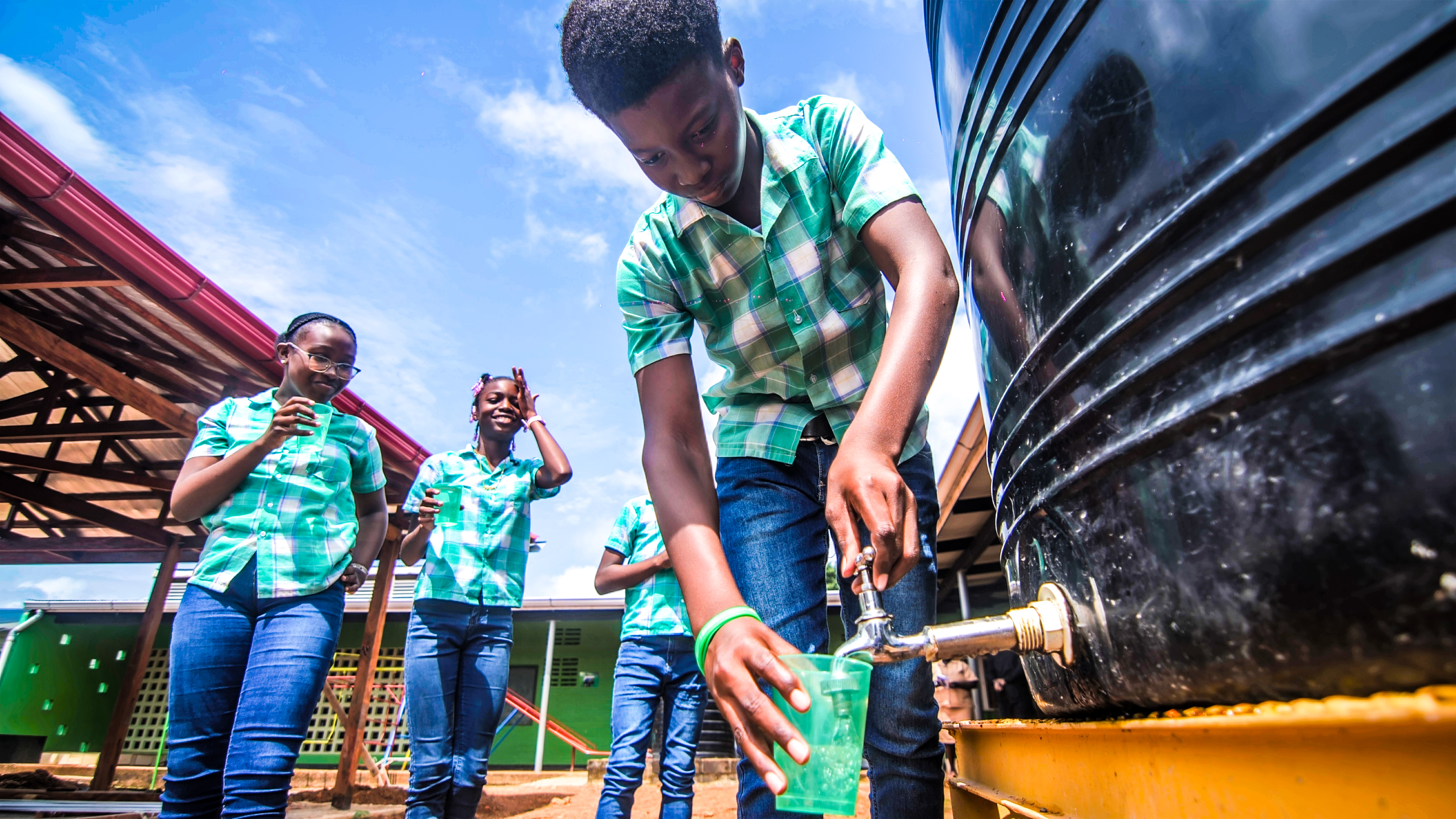Water Resilience in the Midst of Flooding
April 20, 2023

Water – cool, clear and essential to our life on earth, but is it possible for too much of a good thing? Suriname, is one of the most vulnerable countries to river and coastal floods, and is facing increased pressure because of the changing climate. The weather phenomenon La Niña, altered the traditional dry season which would usually occur – due to this change, heavy rain showers in the interior and southern sections of Suriname, including the Districts of Brokopondo, Sipaliwini, Marowijne, Para, Saramacca, Coronie and Nickerie, were severely impacted by flooding.
The floods were so devastating that the Government of Suriname officially declared these communities disaster areas in the OFFICIAL GAZETTE No. 55 OF THE REPUBLIC OF SURINAME, PRESIDENTIAL DECREE of 25 May 2022 P.B. no. 12/2022. Economic and social life was disrupted as a result of the high-water levels, and inland crops were destroyed which impacted the country’s food supply and security. Further to this, many schools were inaccessible to teachers and children. Families were displaced, some being relocated to relatives elsewhere in their village or moving to higher areas
But the influx of water caused additional challenges for almost all the District’s potable water supply. Electrical installations and water hygiene purification built close to the river were severely flooded and severely damaged. The flooding exacerbates the already challenging situation for the country to provide clean water for drinking and hygiene purposes for the communities in the interior.
So how could this challenge be solved? The EnGenDER team, who was working with the Government on the overall SASAP action to be implemented, stepped in to provide a solution that could be used now and in the future. The establishment of water storage facilities would provide potable water for the communities impacted and going forward will serve as a buffer during flooding or droughts. In total over 100 water storage tanks have been purchased with by UNDP support and funding from Global Affairs Canada and UKFCDO and installed under leadership of NCCR and the Ministry of Natural Resources, in over 36 communities and 21 schools in the Districts Brokopondo and Sipaliwini, which were the most impacted by the flooding.
This solution will help to boost communities water resilience in the future as the changing climate continues to impact water management.

 Locations
Locations



